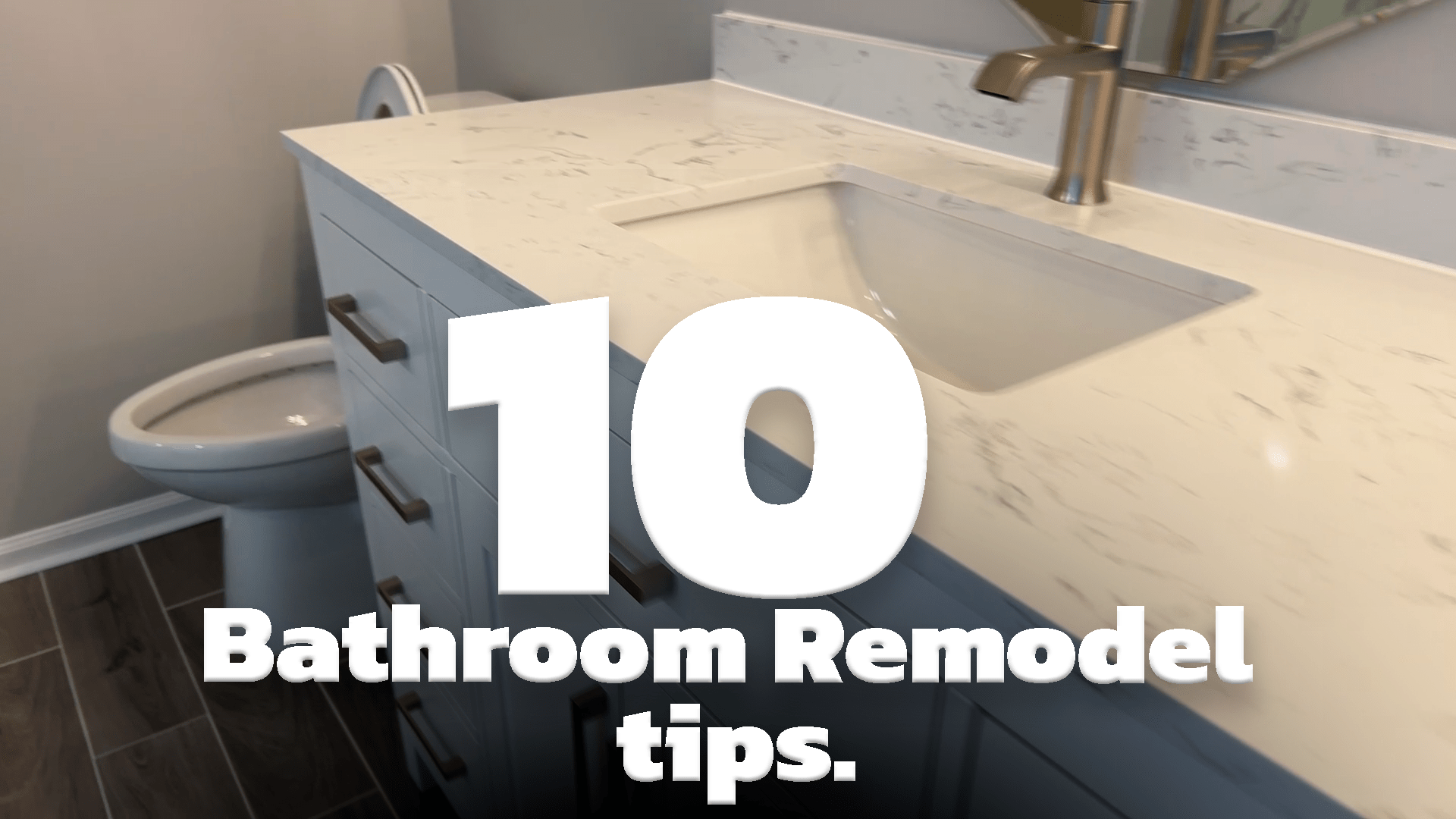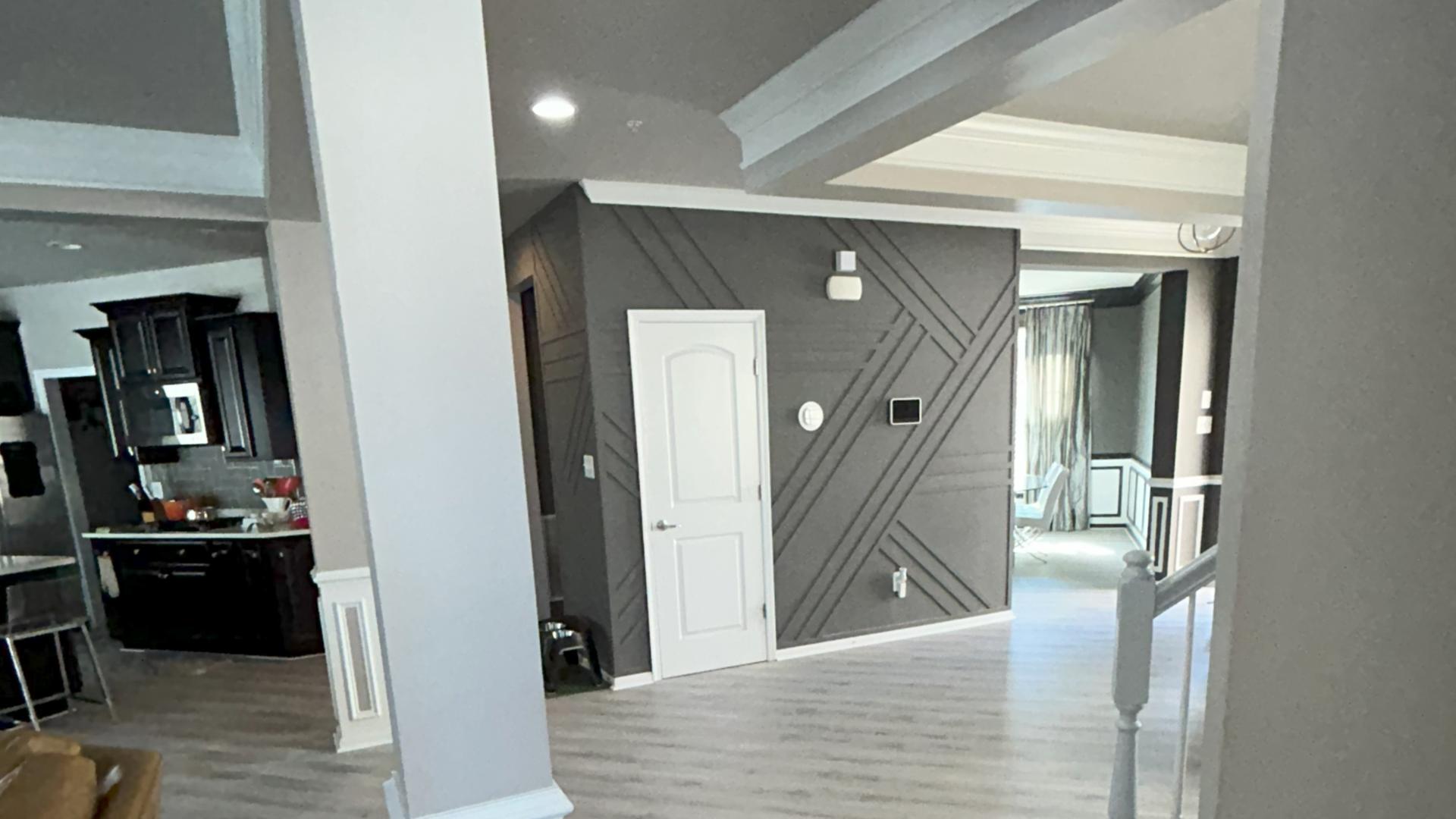Remodeling a bathroom can be one of the most satisfying projects for homeowners, offering both style and functionality upgrades that elevate your home’s overall appeal. Whether you’re planning a small powder room update or a luxurious master bath overhaul, it’s essential to approach the project with careful planning and attention to detail. Here’s a complete guide filled with tips to help you achieve a bathroom remodel that will stand the test of time.
1. Define Your Goals and Plan Ahead
Before you begin, clearly define the goals of your bathroom remodel. Are you aiming for more space, improved aesthetics, or better functionality? Knowing what you want to achieve will guide every decision, from design to materials.
It’s also vital to plan ahead, making sure that your design choices match your functional needs. For instance, if you need more storage, think about cabinetry and shelving, but if you’re focused on luxury, consider upgrades like freestanding tubs or high-end fixtures.
2. Set a Realistic Budget
One of the most important aspects of any remodel is budgeting. Bathrooms, though smaller spaces, often come with significant costs due to plumbing, electrical work, and the price of materials.
Start by creating a detailed budget that includes all costs:
- Materials (tiles, countertops, vanity, etc.)
- Labor (plumber, electrician, contractor)
- Permits (some remodels require building permits)
- Unexpected costs (plumbing issues, structural changes)
Make sure to set aside an additional 10-20% for unforeseen expenses that tend to pop up during the remodeling process. This extra cushion will keep your project on track and avoid surprises.
3. Maximize Storage with Smart Solutions
Storage is one of the most common challenges in bathrooms, especially if you have a small space. Maximizing storage will keep the bathroom organized and functional.
Consider these storage tips:
- Floating Vanities: Floating vanities not only give your bathroom a sleek, modern look, but they also free up space under the sink for additional storage or decorative touches.
- Built-in Shelves and Niches: Wall-mounted shelves, recessed shower niches, and built-in cabinets help maximize storage space without overcrowding the room.
- Use Vertical Space: Install cabinets or shelves higher on the wall to store towels, toiletries, and other bathroom essentials.
- Over-the-Toilet Storage: Utilize the space above the toilet with cabinets or shelves, turning unused space into valuable storage.
4. Choose Timeless and Durable Materials
Your bathroom remodel should be an investment that lasts. When selecting materials, opt for those that are not only beautiful but also durable and timeless.
- Tiles: Porcelain, ceramic, and natural stone tiles like marble or granite are excellent choices. They are long-lasting, easy to clean, and provide a luxurious finish.
- Countertops: Quartz, granite, and solid surface materials are ideal for bathroom countertops, offering durability and low maintenance. Avoid materials like marble in high-moisture areas to prevent stains.
- Cabinets: Opt for cabinets made from solid wood or plywood. Avoid particleboard, which can absorb moisture and deteriorate over time.
Timeless materials ensure your bathroom will remain stylish for years without the need for frequent updates.
5. Invest in Good Lighting
Lighting can transform the atmosphere of a bathroom, and good lighting is essential for both safety and function. Consider these lighting options:
- Ambient Lighting: Ceiling-mounted fixtures or recessed lighting provide general illumination.
- Task Lighting: Install sconces or wall-mounted lights on either side of the mirror to provide even lighting for tasks like shaving or applying makeup.
- Accent Lighting: Add dimmable lights or LED strip lights around mirrors, under vanities, or along the edges of the shower to create a warm, spa-like atmosphere.
- Consider Natural Light: If possible, take advantage of natural light by adding windows or a skylight. Natural light can brighten up a bathroom, making it feel more spacious and welcoming.
6. Upgrade Fixtures for Efficiency
Upgrading fixtures is a great way to make your bathroom more functional and eco-friendly:
- Low-Flow Toilets: These toilets conserve water without sacrificing performance. Look for models with WaterSense certification to ensure water efficiency.
- Water-Efficient Faucets and Showerheads: Modern faucets and showerheads that are designed to reduce water consumption while maintaining good pressure can save both water and money on your utility bills.
- Smart Faucets and Showers: Smart technology allows for temperature control, timers, and water-saving features, providing the ultimate convenience and efficiency.
7. Optimize Ventilation to Prevent Moisture Issues
Bathrooms are high-moisture areas, so proper ventilation is key to preventing mold and mildew growth.
- Exhaust Fans: Install an exhaust fan that meets the needs of your bathroom size. Choose one with a high CFM (cubic feet per minute) rating for larger bathrooms.
- Window Placement: If possible, adding a window can improve natural airflow and reduce humidity.
- Dehumidifiers: In bathrooms without adequate ventilation, a small dehumidifier can help control moisture levels.
Effective ventilation is essential for maintaining a healthy, mold-free bathroom.
8. Incorporate Modern Technologies
Technology has come a long way in the bathroom, and incorporating some of the latest tech can enhance the comfort and convenience of your space:
- Heated Floors: Radiant floor heating is a luxurious upgrade that can keep your bathroom warm and cozy, especially during colder months.
- Smart Mirrors: Mirrors with built-in lighting, touchscreens, or Bluetooth capabilities can make tasks like shaving, makeup application, or reading more enjoyable.
- Digital Showers and Faucets: These can allow you to control water temperature and pressure with the touch of a button or a smartphone app.
9. Consider the Layout for Functionality
The layout of your bathroom should prioritize functionality while maintaining a sense of openness. When redesigning the layout, consider these factors:
- Flow: Ensure there’s enough space for movement around the fixtures. If possible, leave at least 30 inches of space in front of sinks and toilets, and at least 60 inches of clearance in front of bathtubs.
- Shower/Tub Combo vs. Separate Units: Depending on your needs, you may prefer a tub/shower combo or separate shower and bathtub units. A standalone tub can create a luxurious look, while a spacious shower might be more practical for a small space.
- Universal Design: If you plan to stay in your home for the long term, consider designing your bathroom with accessibility in mind. Features like wider doorways, non-slip flooring, and grab bars can accommodate people of all ages and mobility levels.
10. Hire a Professional if Necessary
While DIY projects can be fulfilling, some aspects of bathroom remodeling require professional expertise. If you’re tackling plumbing, electrical work, or installing complex fixtures, it’s worth hiring skilled professionals to ensure the job is done right. A reputable contractor will also ensure that your project adheres to local building codes and regulations.
Conclusion
A bathroom remodel can be a fulfilling and valuable investment, offering improved aesthetics, comfort, and functionality. By following these tips, setting a realistic budget, and considering long-term durability, you can create a bathroom that’s both beautiful and practical. Whether you’re going for a modern, sleek look or a cozy, spa-like atmosphere, planning ahead and paying attention to the details will ensure your bathroom stands out for years to come.



